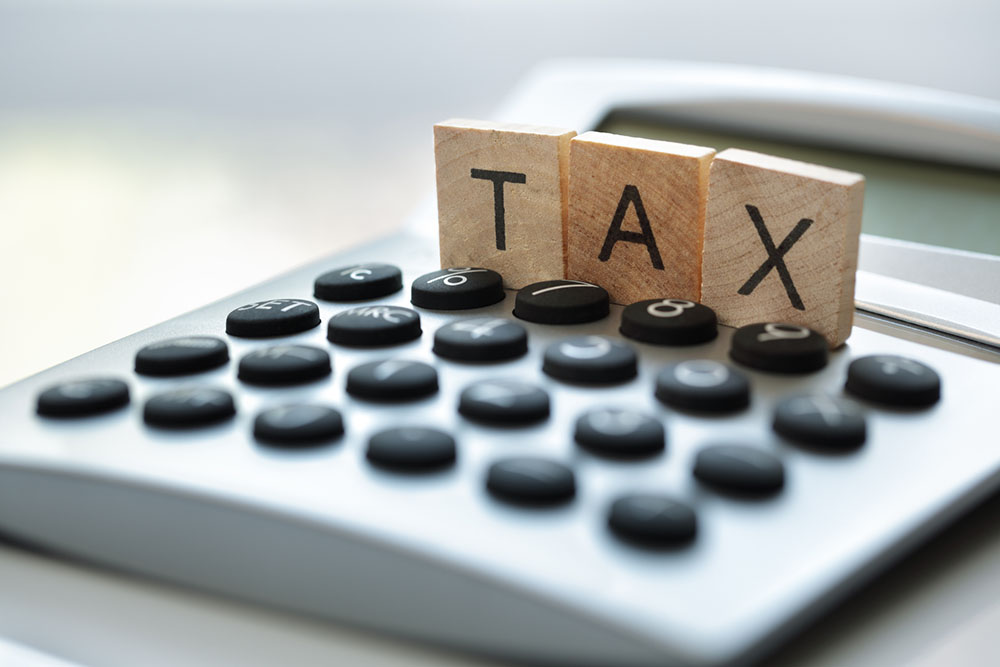
This content is for information and inspiration purposes only. It should not be taken as financial or investment advice. To receive personalised, regulated financial advice regarding your affairs please consult us here at WMM (financial planning in Oxford).
Cash in the bank feels great – especially after a year like 2020, which has shown the importance of having a strong emergency buffer. However, is your cash really working for you? Inflation (i.e. the “cost of living”) stood at around 0.7% in 2020, yet interest rates on easy-access UK savings accounts are currently barely breaking even with this. Therefore, those with large cash savings are likely missing out higher returns offered elsewhere – and may even lose money in real terms later this year if inflation rises, as it might indeed do. As such, what are some other options?
Opportunity cost vs. investment horizon
One key question affecting your cash holdings is: “how long do you intend to hold X amount of money for?” If you’re intending to spend £70,000 in savings on a property purchase fairly soon, then there is a stronger case for holding this in cash.
However, if you’re looking at an investment horizon of 5 years, 10 years or more, then you should consider the potential impact of inflation on your savings. For instance, suppose inflation averages at 3% over the next 10 years – but the average interest rate you can achieve is 1% over this time. That would mean a 2% real terms loss each year: i.e. a total value reduction of £12,804.43. You can see the gradual erosion below:
| Year | Total real savings | Erosion by inflation |
| Year 0 | £70,000 | £0 |
| Year 1 | £68,600 | £1,400 |
| Year 2 | £67,228 | £1,372 |
| Year 3 | £65,884 | £1,344 |
| Year 4 | £64,566.32 | £1,317.68 |
| Year 5 | £63,274.99 | £1,291.33 |
| Year 6 | £62,009.49 | £1,265.50 |
| Year 7 | £60,769.30 | £1,240.19 |
| Year 8 | £59,553.91 | £1,215.39 |
| Year 9 | £58,362.83 | £1,191.08 |
| Year 10 | £57,195.57 | £1,167.26 |
This real terms loss caused by inflation can be quite a shock for many savers. It is unlikely to be reflected on your bank statements, which will typically just show you the interest you have made over the period. However, whilst it’s important to reflect on your potential losses by holding too much in cash, it’s also crucial to consider the other side of the coin – “opportunity cost”.
In simple terms, how much annual growth might you be missing out on by not putting the money into other assets (e.g. stocks and bonds)? For instance, suppose you could achieve an average 4% return each year on your £70,000 savings (after fees, inflation and taxes). Here’s how this could play out over a 10-year investment period:
| Year | Year “Interest” | Total “Interest” | Balance |
| 1 | £2,800.00 | £2,800.00 | £72,800.00 |
| 2 | £2,912.00 | £5,712.00 | £75,712.00 |
| 3 | £3,028.48 | £8,740.48 | £78,740.48 |
| 4 | £3,149.62 | £11,890.10 | £81,890.10 |
| 5 | £3,275.60 | £15,165.70 | £85,165.70 |
| 6 | £3,406.63 | £18,572.33 | £88,572.33 |
| 7 | £3,542.89 | £22,115.22 | £92,115.22 |
| 8 | £3,684.61 | £25,799.83 | £95,799.83 |
| 9 | £3,831.99 | £29,631.83 | £99,631.83 |
| 10 | £3,985.27 | £33,617.10 | £103,617.10 |
Invitation
Are you holding too much in cash? A financial planner can help you answer this question. As you can see from the above, the answer could be worth tens of thousands of pounds.
Interested in finding out how we can optimise your financial plan? Get in touch today to arrange a free, no-commitment consultation with a member of our team here at WMM.
You can call us on 01869 331469


